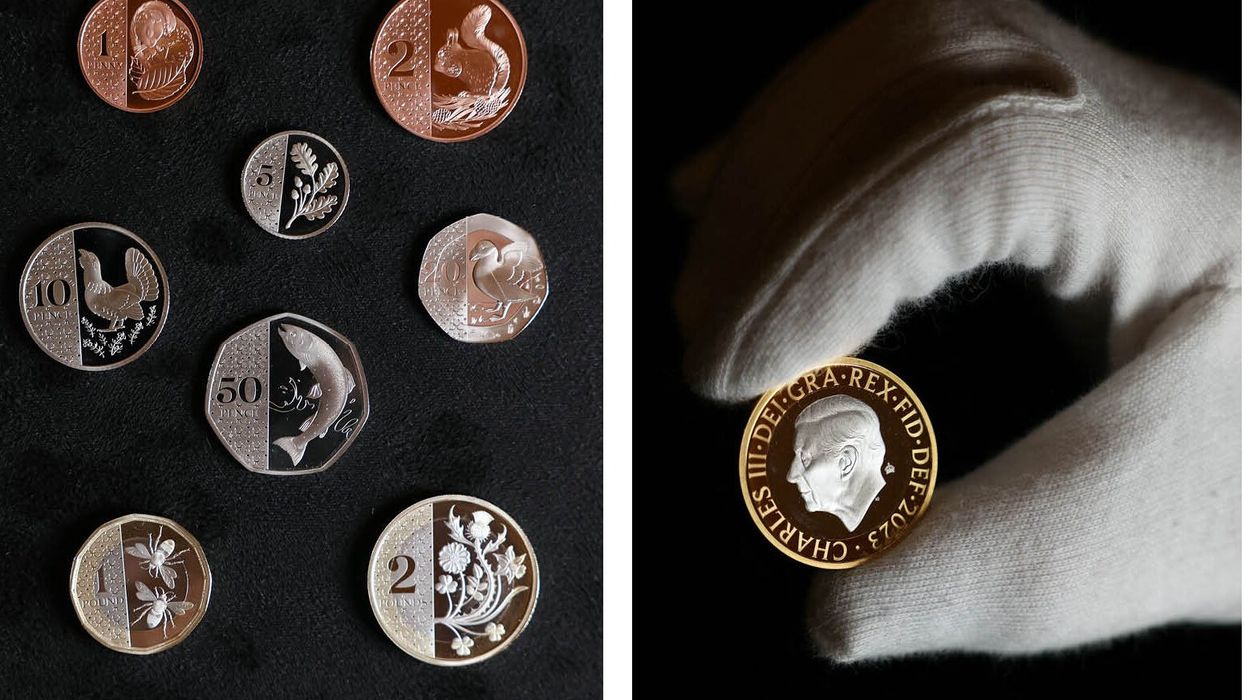THE first £1 coins featuring King Charles III, adorned with a design celebrating British bees, entered circulation in the UK on Tuesday (20).
A total of 2.975 million coins are being distributed through Post Offices and banks nationwide.
The Royal Mint announced that this bee tribute is one of eight new designs set to appear on UK coins, ranging from one pence to two pounds.
These designs feature animals like the hazel dormouse, puffin, and Atlantic salmon, all species involved in active conservation efforts, reflecting the 75-year-old monarch’s commitment to environmental causes.
“The Royal Mint has made the circulating coinage of each of Britain’s monarchs since Alfred the Great and it is an honour to reveal that King Charles III’s one-pound coin is now in circulation,” said Rebecca Morgan, Director of Commemorative Coin at the Royal Mint.
“We know there’ll be a buzz of excitement amongst collectors and the public to get this special piece of history in their change. We hope the designs across all denominations spark important conversations about the conservation of these important species,” she said.
The design symbolises the over 250 species of bees which exist in Britain such as bumblebees, mason bees and mining bees.
“These industrious insects play a pivotal role in pollinating many plants and fruiting trees. They can be found all over the country, commonly in gardens, parks, woods, orchards and meadows, and now on the reverse of the UK one-pound coin,” reads the Royal Mint description.
First revealed in October last year, the Mint said the new designs highlight King Charles' passion for conservation with the number indicating the value of each coin also enlarged to help children understand the value of money.
Unifying the new coins is a unique repeating pattern featuring three interlocking C’s, taking its inspiration from history and the cypher of Charles II. Meanwhile, the flora and fauna on the coins look to the future and the importance of the natural world.
Following the reveal of the designs, production of the coins began with several million struck by the Royal Mint in South Wales. The Atlantic Salmon 50 pence was the first of the eight designs to enter circulation at the end of 2023.
In a poll hosted by the Royal Mint, the 1-pound coin was crowned as the favourite among all eight-coin designs, with the 2-pence depicting the Red Squirrel following closely in second place. Close to 3,000 people cast their votes to crown their favourite design, with the one-pound coming out on top with nearly 30 per cent of the votes.
Each coin has been created with the support of the Royal Horticultural Society (RHS) and the Royal Society for the Protection of Birds (RSPB), with commemorative sets of the coins also available from the Royal Mint’s website. (PTI)












